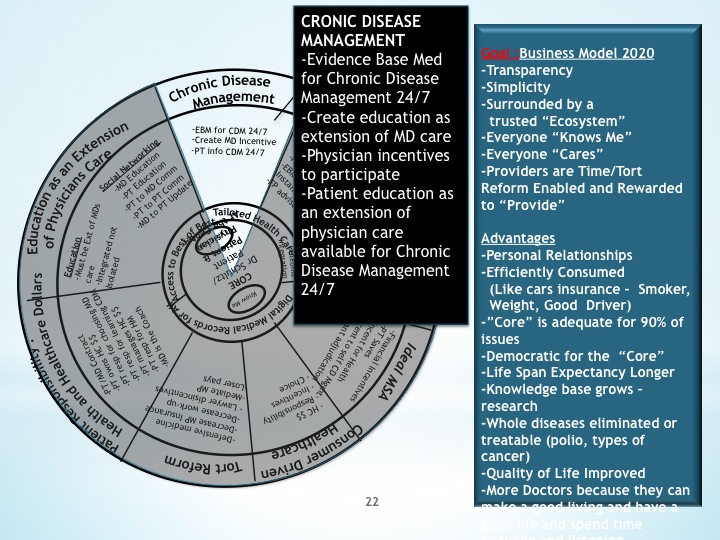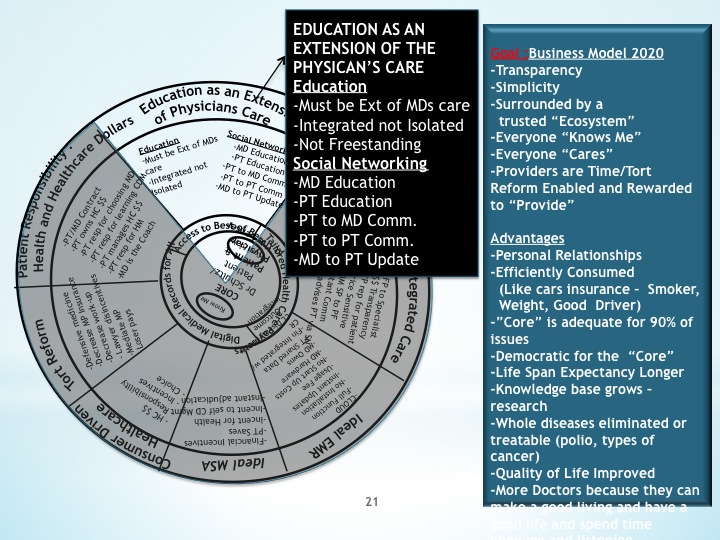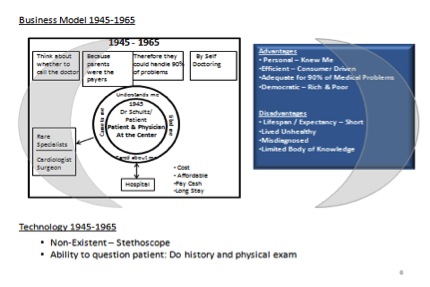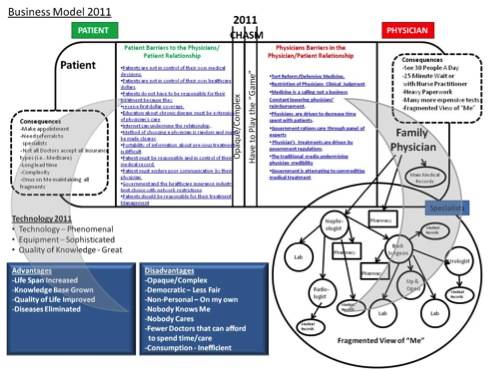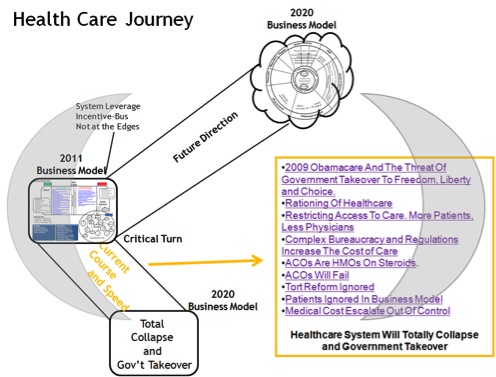Why Obamacare Will Not Work
Stanley Feld M.D.,FACP,MACE
If Obamacare’s mandate is declared unconstitutional by the Supreme Court, the Obamacare’s nightmare for the future of medical care in America is over quickly.
If the Supreme Court declares Obamacare constitutional, it will not take a long time for Obamacare to fail on its own.
Obamacare will fail because it is out of touch with the needs of the primary stakeholders (patients and physicians).
Obamacare does not address some of the big problems causing the healthcare system to be so expensive.
It does not cure the healthcare insurance industry’s exorbitant administrative fees or administrative waste.
President Obama’s healthcare reform plan has ignored dealing with tort reform to help solve the practice of defensive medicine.
It does not provide reasonable incentives to for physicians to be innovative. It does not provide incentives for patients to be responsible consumers of healthcare.
The Accountable Care Organizations shared savings is too risky, too complicated and unreliable. It does not address consumers’ responsibility for adhering to treatment plans.
Primary stakeholders do not need and most do not want to be dependent on and controlled by a central government. Consumers want freedom of choice. Consumers do not want unelected officials making choices for them.
President Obama is using the wrong strategies in developing policies to Repair the Healthcare System. He is telling participants what has to be done. He should be providing incentives to get stakeholders to enthusiastically do the right thing.
Obamacare has already produced hundreds of thousands of pages of new regulations and constructed a costly bureaucratic structure that is guaranteed to be wasteful and inefficient.
The delays in implementing proposed programs attest to the fact that stakeholders are not interested in being forced into these programs.
President Obama’s deadlines have passed and been extended for Accountable Care Organizations, implementation of meaningful use EMR, ICD-10 coding conversions, 5010 billing requirements, chronic disease management implementations, pay for performance pilots and health-insurance exchange delays just to name a few.
All these delays are not only costly but they indicate a passive resistance to these programs. The media has not put these facts together for consumers.
Recently, the Congressional Budget Office (CBO) reported that Obamacare would increase the deficit more than one trillion dollars over the next ten years rather than saving $500 million dollars as Obamacare originally scored by tricky accounting. A McKinsey study reported that Obamacare would generate an even greater deficit.
I believe these deficit estimates are low compared to the eventual real cost. The increased Medicare costs of baby boomers is going to send the deficit out the roof. Medicare is unsustainable in its present form. Medicare must become an incentive driven program.
Otherwise Medicare will disappear completely for all seniors..
Why is this happening? President Obama is charming man and a good talker. The media is a gullible listener.
The media has refused to connect the dots for the American public. They have also not reported many of the dots toward failure.
I believe the media really has bought into President Obama’s disinformation campaign. It believes he is doing the right thing.
A close inspection of President Obama’s programs show nothing has worked so far. All of his pilot programs have failed to this point.
I have shown in past blog posts that either the programs are wrong or the designs of his pilots are faulty.
The public is waking up to President Obama’s phony accounting and manipulated budgets.
People are waking up to real causes of the dysfunction in the healthcare system that Obamacare is not addressing. They are starting to understand that the secondary stakeholders add little value to their care. President Obama’s Healthcare Reform Act does not attack the abuse of the secondary stakeholders.
The bottom line is Obamacare is a failed concept. It is going to greatly increase our deficit and hasten America’s path to insolvency.
I believe the basic underlying problem, which is not being address, is that none of the stakeholders in the healthcare system want to be serfs under the central control of the government.
The government has to find a way to put control of consumers’ health and healthcare destiny in the consumers’ hands.
Government’s job should be to help consumers become educated buyers of healthcare. Government should not make consumers’ healthcare choice for them.
The opinions expressed in the blog “Repairing The Healthcare System” are, mine and mine alone
Please have a friend subscribe
